mlothian
TPF Noob!
- Joined
- May 12, 2012
- Messages
- 4
- Reaction score
- 0
- Can others edit my Photos
- Photos OK to edit
I do a lot of outdoor portrait shoots and was thinking about upgrading to monolights. I have found a few 400 watt monolights that I am interested in and was wanting to know what the comparable wattage is that comes out of a speedlight to get the same amount of flash output from a monolight..I have heard that 400w would not be enough for midday sunny shoots but I mainly do late evening shoots. Any advice would be appreciated.


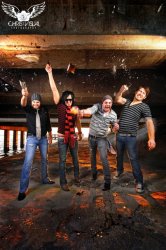

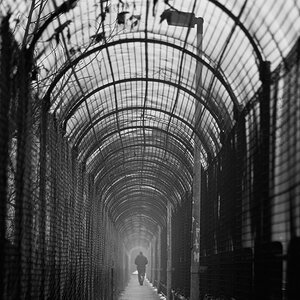
![[No title]](/data/xfmg/thumbnail/42/42058-8597ac0f687fb4007aa3ca0210936f04.jpg?1619739994)
![[No title]](/data/xfmg/thumbnail/39/39498-362f11d9bfd0d9e222faa85b38801745.jpg?1619739056)
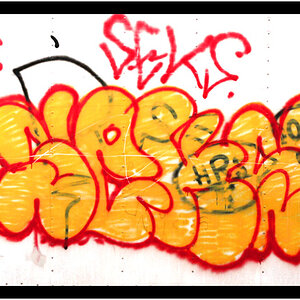
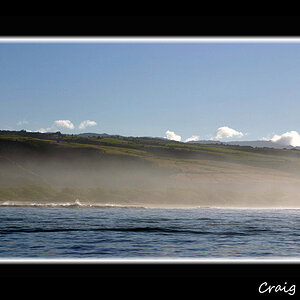
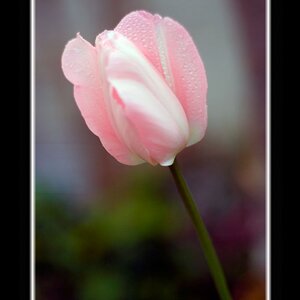
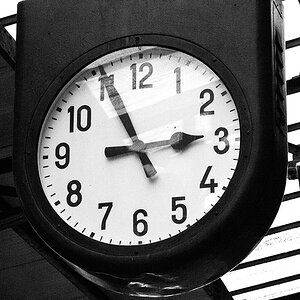
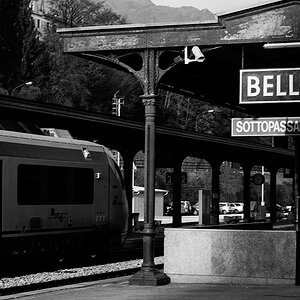
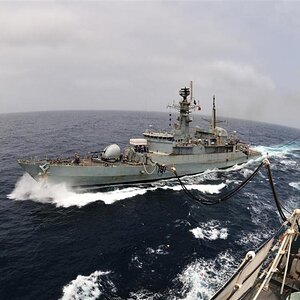
![[No title]](/data/xfmg/thumbnail/39/39500-340f9581ccea2902f4cca7c656232f9e.jpg?1619739057)
![[No title]](/data/xfmg/thumbnail/35/35957-c79b37130dc06cbdee3b56de92a35fe6.jpg?1619737270)